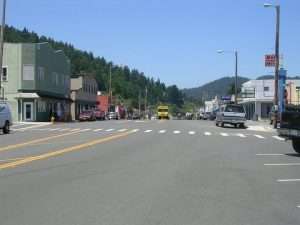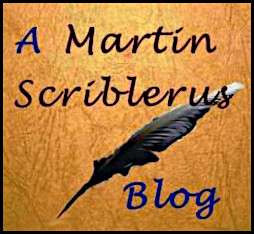Sitting at a cafe in Dublin at 5.30 pm yesterday, the phone rang. I stepped away from the tables and stood in an entrance just off Ann Street. The head teacher of a Dublin school offered me a post in his school. It means a return to a city dear to my heart.
It was on August 26th 1981 that I first set foot on Irish soil. It was 7.30 in the morning and we had travelled all night.
I bought a Daily Telegraph from a paper seller standing at the entrance to the Carlisle Pier and we walked the three hundred yards to Dun Laoghaire station. In retrospect, going to the station was a daft thing to do, we could have walked the distance to the seasonal youth hostel in half the time we stood waiting for the train.
The youth hostel was a primary school that was closed for the summer. The metal bunks were in the classrooms. We knocked on the door of the warden’s office; she appeared in her night dress, unaccustomed to arrivals at 8.00 in the morning.
We were allocated bunks and went to rest, but, of course, the place was a hive of activity by that time. I attempted to read the newspaper, but there was the urge to be out and about.
There was another lengthy wait at the station for a train into the city. The suburban rail service in those days was provided by elderly locomotives pulling carriages which were empty except for rows of plastic seats down each side. There were few enough jobs for people to be going to, anyway.
We rolled northwards into the city centre and got off at Pearse station where we were told that we could buy fifteen day passes for train and bus travel throughout the country. The request seemed an unfamiliar one and we were sent to an office at one end of the platform. The man behind the glass glared at us suspiciously.
We explained what we wanted, twice. He obviously doubted our ability to pay. “Those passes are very expensive.”
We explained that we knew how much they were, we had read the tourist board information.
“They are £52 – each. Can you afford that?”
We took unfamiliar banknotes from our wallets and, almost with an air of disgust, he stamped the passes.
Exhaustion crept up as the day progressed and we caught a train back to Dun Laoghaire.
A fine afternoon with bright sunshine and the gentlest of breezes. Walking to the West Pier and finding a deserted spot on the seaward side, we stretched out in the sun. The granite flagstones were warm and the sunlight covered like a cosy blanket.
First impressions last. Ireland will forever be a place of warmth and embrace.


